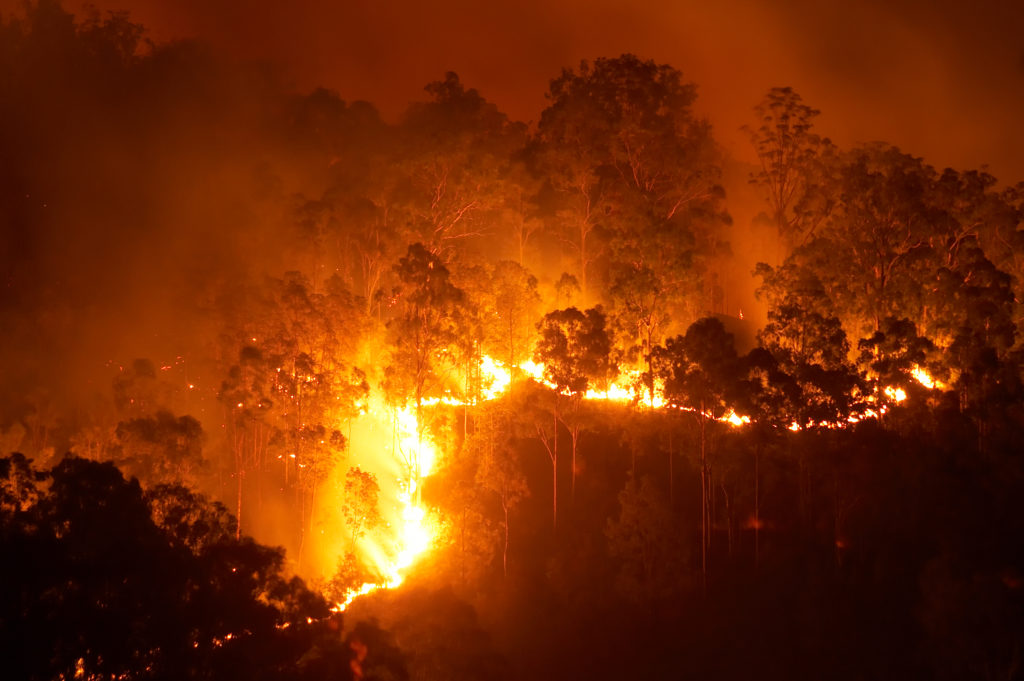Demystifying BAL Reports: A Guide to Understanding Your Home's Bushfire Danger
Demystifying BAL Reports: A Guide to Understanding Your Home's Bushfire Danger
Blog Article
Relevance of BAL Record in Ensuring Bush Fire Security
In the realm of bushfire security, the value of a Bushfire Strike Degree (BAL) record can not be overstated. This crucial document works as a fundamental tool in evaluating the potential threat a residential or commercial property might deal with throughout a bushfire and plays a pivotal function in determining the essential protective steps to guard buildings and lives (BAL Report). The true value of a BAL record prolongs past a plain evaluation; it acts as a directing light for property owners and authorities alike, supplying understandings right into enhancing residential property resilience and making sure reliable fire protection.
Understanding Bushfire Strike Degrees
The comprehension of Bushfire Strike Levels is important for evaluating the potential danger and effect of bushfires on a building. Bushfire Attack Levels (BAL) are a way of measuring the seriousness of a building's prospective direct exposure to ember assault, induction heat, and direct fire get in touch with in a bushfire. Comprehending the different BAL categories is vital for homeowner, architects, and home builders in making and creating buildings that are extra resilient to bushfires.
By recognizing these levels, residential property proprietors can make informed decisions regarding bushfire security measures, such as mounting ash guards, using fireproof building products, and preserving clear defensible space around the property (BAL Report). On the whole, a complete understanding of Bushfire Strike Levels is essential for reliable bushfire preparation and security.
Analyzing Building Threat Levels
After understanding the effects of Bushfire Strike Degrees, the following crucial step is examining the danger levels connected with specific properties. Evaluating property risk levels entails an extensive examination of various aspects that can influence the vulnerability of a property to bushfires. These variables consist of the proximity of the residential or commercial property to bushland or vegetation, the type and problem of bordering plants, the slope and aspect of the land, prevailing climate condition, and the existence of combustible materials near the property.
Residential property threat assessments are important in determining the level of bushfire protection procedures that need to be executed to secure the home and its owners. By accurately analyzing the risk degrees, homeowner can make educated choices pertaining to bushfire prevention approaches, such as greenery monitoring, constructing style adjustments, and the installment of fire-resistant products. Additionally, building risk analyses play an essential function in the growth of emergency action plans and discharge treatments in the occasion of a bushfire.
Implementing Protective Measures
Upon completing property risk evaluations, the following essential phase entails the application of protective steps to enhance bushfire protection. Applying safety measures is important for securing properties and making certain the security of people throughout bushfire occasions.
Routine maintenance of safety steps is equally essential to guarantee their efficiency throughout a bushfire. This consists of routinely inspecting and repairing coal guards, performing plants management to decrease gas tons, and testing firefighting equipment such as pumps and hoses. By vigilantly applying and keeping these protective steps, homeowner can substantially raise their strength to bushfires and decrease potential damage and loss.

Enhancing Residential Property Resilience
Enhancing property resilience versus bushfires pivots on the aggressive application and maintenance of safety measures intended at strengthening defenses and minimizing prospective dangers. Home proprietors can improve resilience by producing and keeping defensible areas around their residential or commercial properties.
Residential or commercial property owners ought to establish and practice a bushfire emergency strategy, conduct normal fire drills, and make sure all locals about his know how to respond in case of a bushfire. By taking aggressive steps, residential property owners can considerably boost the resilience of their residential or commercial properties versus the danger of bushfires.

Making Certain Efficient Fire Protection
Carrying out robust fire defense procedures is essential for protecting homes versus the damaging impact of bushfires. Furthermore, installing fireproof materials on the residential property, such as fireproof roof and ember-proof displays on windows, can considerably reduce the risk of fire damages.
Additionally, having an emergency situation response strategy in area is crucial for guaranteeing reliable fire defense. This strategy must lay out emptying treatments, communication methods, and designated conference points for homeowners. Normal training and click site drills should also be conducted to guarantee that all residents are prepared to respond quickly and safely in case of a bushfire.
Final Thought
To conclude, the BAL report plays an important role in ensuring effective bushfire protection by examining property danger degrees, carrying out protective procedures, and boosting home strength. Recognizing Bushfire Assault Levels is important in identifying the degree of threat a property faces throughout a bushfire. By complying with the referrals laid out in the BAL record, residential or commercial property proprietors can much better get ready for bushfires and lessen prospective damage. Ultimately, the BAL report is a useful tool in protecting residential properties against bushfire hazards.
By recognizing these degrees, residential or commercial property owners can make informed decisions regarding bushfire protection steps, such as installing ember guards, making use of fireproof building materials, and maintaining clear defensible area around the property. Evaluating residential property threat degrees involves a detailed analysis of various elements that can influence the susceptibility of a residential property to bushfires.Residential or commercial property threat analyses are important in determining the level of bushfire defense procedures that require to be executed to safeguard the property and its passengers. By taking positive procedures, residential or you could check here commercial property proprietors can significantly enhance the durability of their buildings against the hazard of bushfires.
In final thought, the BAL report plays a critical function in making sure reliable bushfire defense by examining residential property danger levels, executing safety actions, and enhancing home durability. (BAL Report)
Report this page